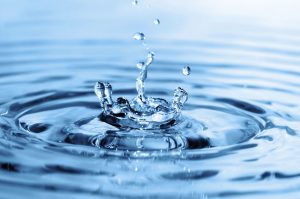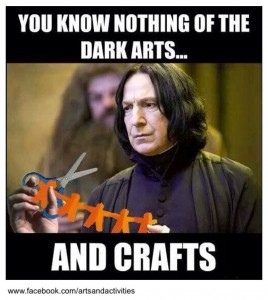Happy Long Weekend & Reminders!
Hello Everyone! Happy Long Weekend!
Reminder: Please have your rain gear, backpack, comfortable shoes, snacks, big lunch, water bottle, extra socks, hat, gloves, and hand sanitizer ready for Tuesday for the Watershed Trip. Be here at school NO LATER THAN 8:50 AM.
The bus will leave promptly at 9AM. If you arrive after that, we cannot wait for you and you will need to report to the office to call home or stay in the other 4/5 class for the day.
Parent volunteers please arrive at 8:45 AM and come in to the portable to sign release prior to leaving. The trip is all day and we will be back before 3PM.
Talking About Water!
Yesterday we completed three stations to learn about water use and the watershed in preparation for our trip. We reviewed the key ideas together, which were:
- Water use is highest during the months we have the least precipitation.
- We use water for a variety of activities: washing, cleaning, making things such as clothes and water bottles, cooling things, factories, nuclear plants, hospitals, chemicals, and more.
- The watershed has water that is used by a variety of producers and consumers, animals and plants, beyond humans: douglas fir trees, black bears, squirrels, salal, dragonflies, black-tailed deer, bald eagles, chickadees, spotted towhees, ravens, and more.
Then, we watched a series of videos from the GVRD to learn about how our drinking water is treated before it gets to our tap, as well as information on waste water and what we do with used water before it returns to our rivers and oceans.
You can find the videos and more information on water here:
What happens when I flush brochure
United Nations World Water Day: Are You a Waster?
You may also want to learn about the history of water supply and distribution — there is a great article about it on Wikipedia!
Or, you can see how the world will need to address water management and shortages in an informative article from The Economist For Want of a Drink
Finally, as was pointed out in class, it takes 3 litres of water to produce 1 litre of bottled water! You may want to watch this video to think about our use of bottled water products, The Story of Bottled Water, which is a video brought to you by the same authors of The Story of Stuff.
BIODIVERSITY:
We reviewed what we know about biodiversity so far, and we talked about how the O.W.L. presentation was linked to it!
Judy from O.W.L. said that one of the reasons there are so many different types of raptors is because if everyone is a different size (small like Katie, or large like Pokey), has different strategies to hunt (stealth versus speed), and hunts at different times (nocturnal vs diurnal), then all raptors will have enough to eat! By having biodiversity, the resources are spread out amongst the species.
We also watched a great TED ED video by Kim Preshoff on Why is Biodiversity Important? as well as What Does Biodiversity Do For Us?
If you want to see a great video about B.C. marine biodiversity, watch Rhapsody in Green.
Here is also a great encyclopedia entry on biodiversity with more information from National Geographic.
We then looked at a Power Point on BioBlitz, which was created by National Geographic, to further discuss how diverse our planet’s species are and how they are classified by TAXON (or taxa, plural.) If you were having trouble understanding the different groups of taxonomy, then read more about them here.
Your assignment was to find out more details on the TAXA class groups of Annelids, Mollusks, Arachnids, Insects, Bony Fish, Amphibians, Reptiles, Birds, Mammals, Plants, and Fungi. Fill out your handout Biodiversity By The Numbers with characteristics of each one, and then try to guess the approximate number of species for each class of animals using the number bank provided.
Check out iNaturalist.org, as we will talk about this on Wednesday!
Have a great weekend!
Ms. D



